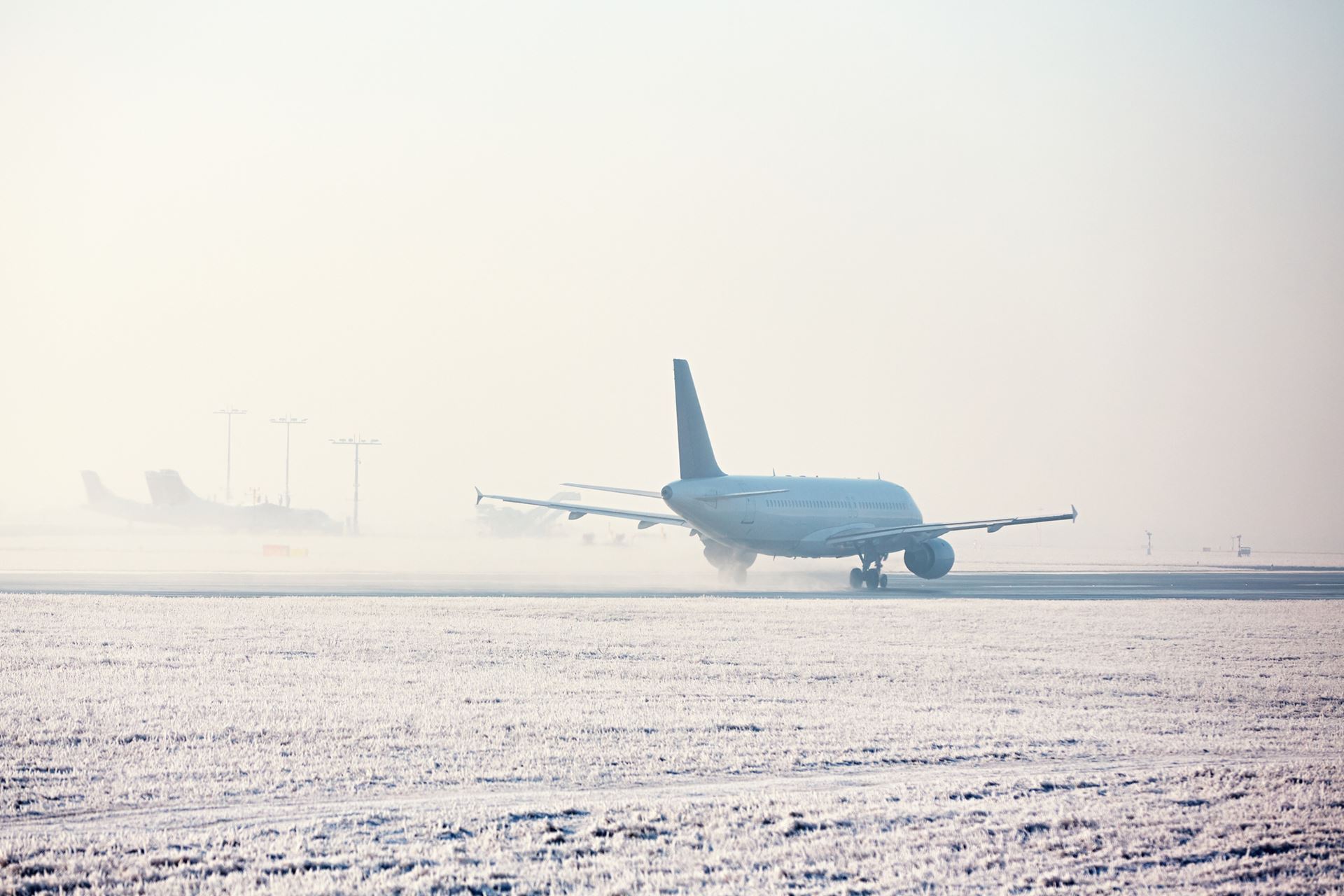
By: Jay Blessum, President of Minot Aero Center
Short daylight and busy lifestyles for most of us result in not getting off the ground very often during winter months. Get out there! It can be a lot of fun when you do. Low density altitudes make your airplane perform well and most days the air will be stable and make for smooth flying. There are some things I have learned from my experiences that I would like to share.
Plan to preheat your engine; if it is colder than 25 degrees, the overnight low is likely the temperature of your engine. Multigrade oil is beneficial. Start cranking immediately after priming, every second that you don’t give the fuel, you just primed time to drain out. Leaving the primer unlocked during start will give the engine a little more fuel. After the start, make sure the primer is in and locked as that extra fuel will make the engine run poorly. Some aircraft have a winter front that covers a portion of the air inlets or a cover for the oil cooler that will help keep engine temperatures up.
Watch for sand and ice when you choose where to do a runup. You might not be able to hold still and sand can damage the prop. Don’t taxi through snow. Your brake discs will be warm enough to melt some, get wet, and freeze later, possibly causing a skidding wheel. If that happens during takeoff it could result in a flat spotted tire, sometimes severe enough to go flat. Taxiing on ice can be risky, especially moving downwind where you could lose control even at slow speeds. Try your best to not breathe on the windows and even though it’s cold in the cockpit try opening a vent or pilot window to keep condensation from making foggy windows. Only use a soft cloth or heat to clear windows, as plexiglass scratches easily.
Make any power changes gradually and use the carburetor heat plenty. Make sure you bring a warm jacket, hat, and gloves, maybe a blanket for passengers. Drafty vents can be covered with tape to help keep the cockpit warm. If you make a stop, consider using an engine cover to keep it warm, even in a light breeze your engine will cool off in minutes.
